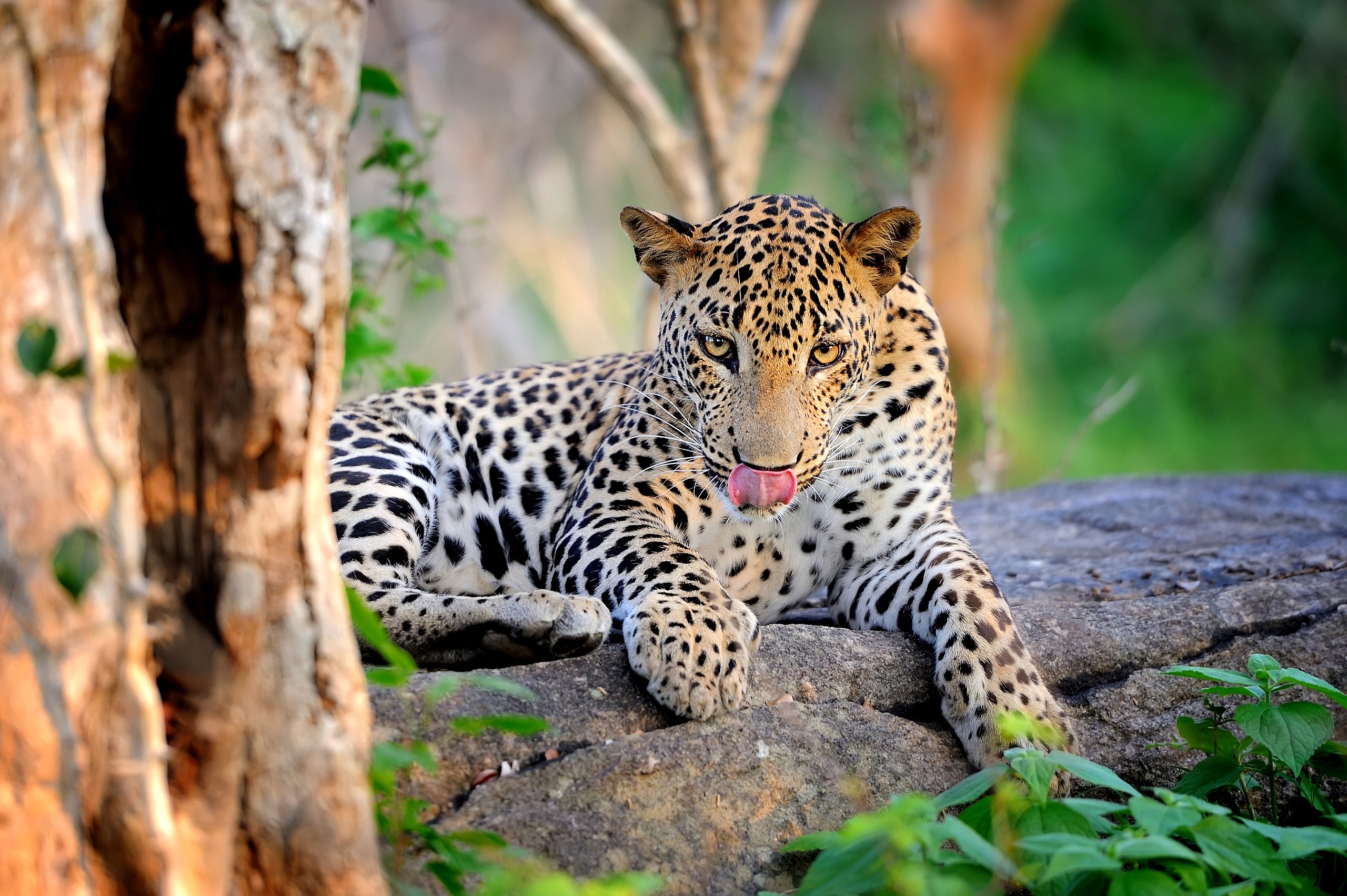The African Leopard: Graceful Elegance and Stealthy Prowess
The African Leopard: Graceful Elegance and Stealthy Prowess. African leopard (Panthera pardus pardus) stands as one of the most majestic and elusive big cats on the African continent. With its distinctive golden coat adorned with rosette patterns and its remarkable adaptability, the African leopard has earned its place as a symbol of both grace and stealth in the wild.
Distribution and Habitat:
African leopards can be found across a vast range, spanning from dense rainforests to arid savannas. Their adaptability is truly remarkable, allowing them to thrive in diverse ecosystems such as the Sahara Desert, the mountains of Ethiopia, and the lush jungles of East and Central Africa; This adaptability has played a crucial role in the species’ survival, allowing it to carve out niches in a variety of landscapes.
Physical Characteristics: – The African Leopard: Graceful Elegance and Stealthy Prowess
Coat and Rosettes: The African leopard’s coat is characterized by a golden-yellow hue, covered in distinctive rosette patterns. These rosettes are not only beautiful but also serve as effective camouflage in their natural habitats, allowing them to blend seamlessly with the dappled sunlight and shadows.
Size and Build: Adult African leopards typically weigh between 70 to 160 pounds, with males being larger than females. Their sleek, muscular bodies are designed for agility and strength, making them excellent climbers and agile hunters.
Behavior and Lifestyle:
Nocturnal Habits: African leopards are primarily nocturnal, preferring to hunt and move during the cover of darkness. This behavior helps them avoid the scorching heat of the day and reduces competition with other large predators that are more active during daylight hours.
Territoriality: Leopards are known for their territorial nature. They establish and fiercely defend territories that vary in size depending on factors such as prey availability and geographical features. The boundaries are marked using scent markings, vocalizations, and visual signals.
Solitary Lifestyle: Unlike lions, which are social animals, leopards are generally solitary creatures. Adult leopards only come together for mating purposes, and even then, their interactions are often brief.
Diet and Hunting: – The African Leopard: Graceful Elegance and Stealthy Prowess
Versatile Diet: African leopards are opportunistic hunters with a broad diet that includes mammals, birds, and even reptiles. Their ability to adapt their hunting strategies to different environments contributes to their success as a species.
Stalking and Ambush: One of the leopard’s most remarkable hunting techniques is its ability to stalk prey silently and ambush it with incredible speed and precision. Their strong jaws and sharp teeth enable them to take down prey larger than themselves.
Conservation Status and Threats:
While the African leopard is not currently classified as endangered, it faces threats such as habitat loss, poaching for their beautiful coats, and human-wildlife conflict. Conservation efforts are crucial to ensuring the continued survival of these magnificent big cats.
Conclusion/Remarks – The African Leopard: Graceful Elegance and Stealthy Prowess
The African leopard, with its breathtaking beauty and remarkable adaptations, stands as a symbol of the wild, untamed landscapes of Africa; Understanding and appreciating the intricacies of their behavior and lifestyle is key to ensuring the conservation of this iconic species for generations to come.








